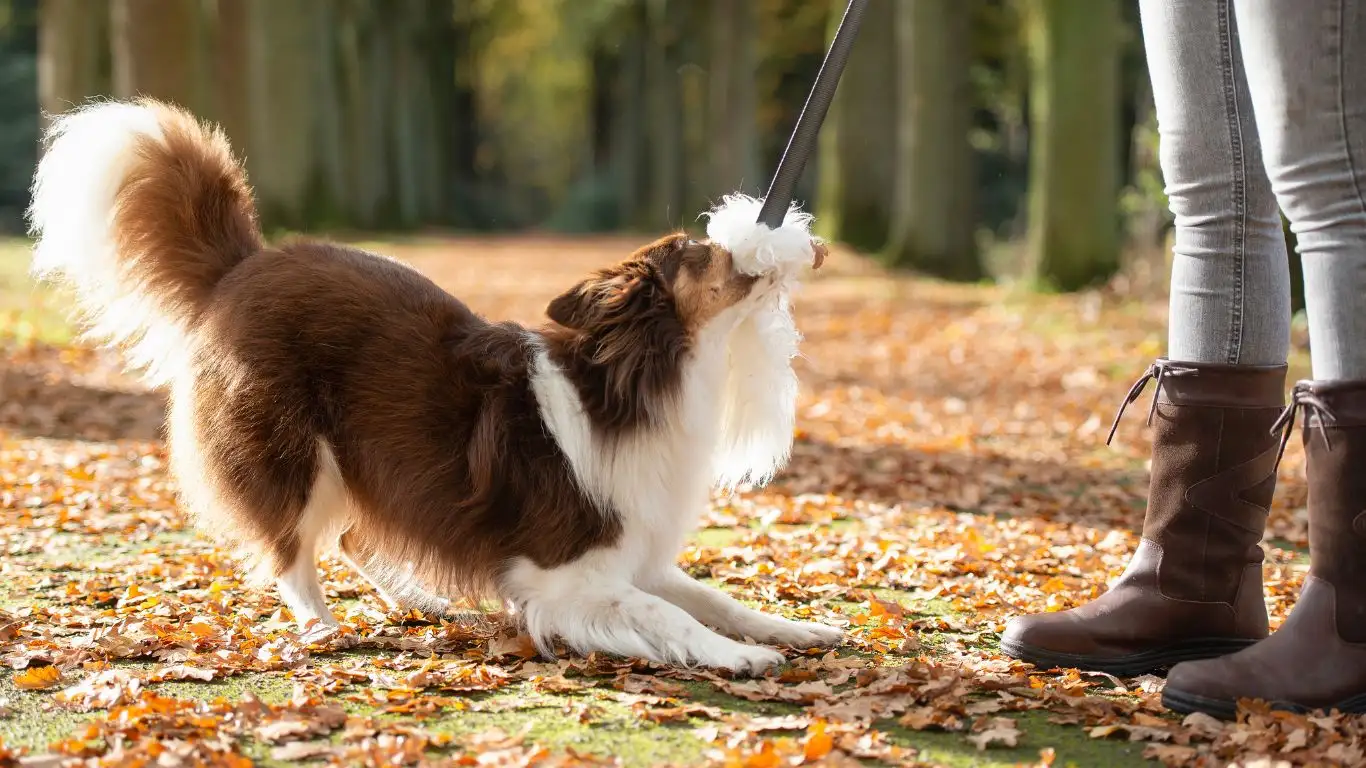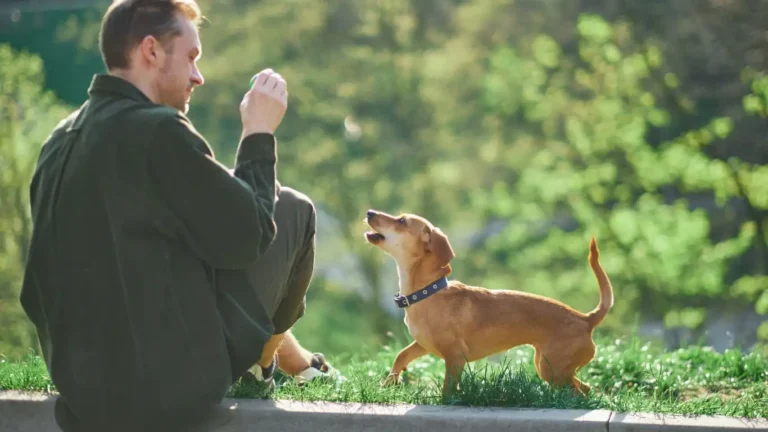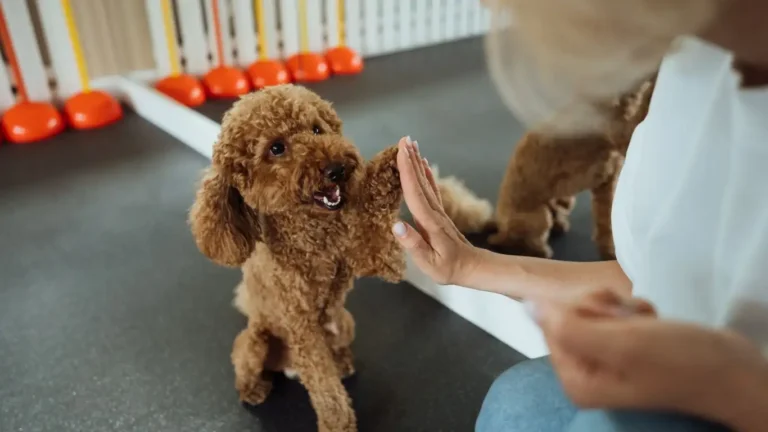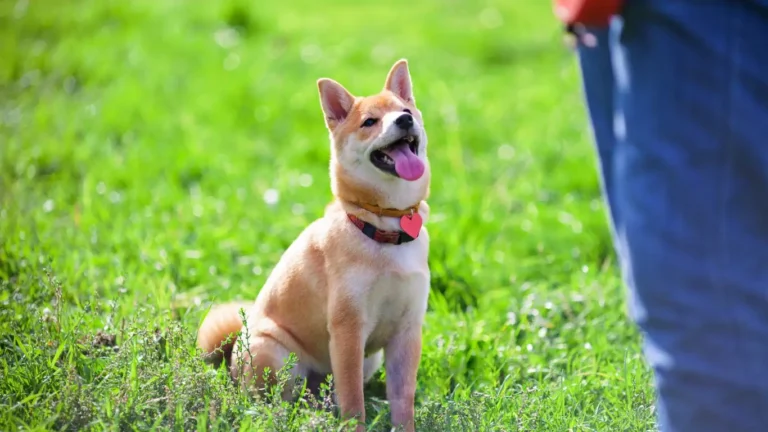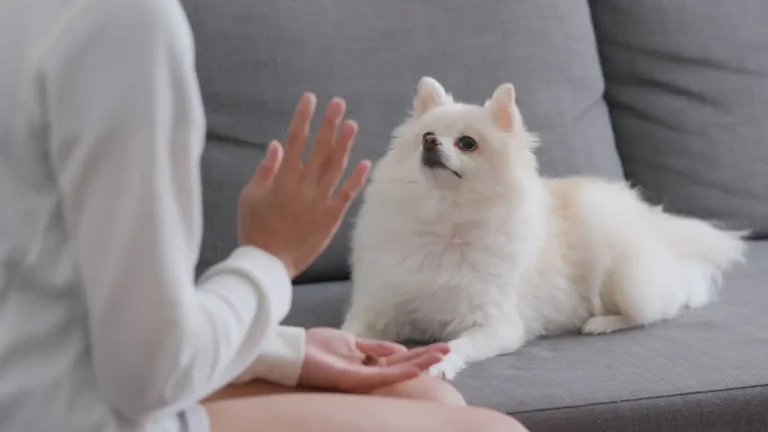Struggling with Hotel Stays? Train Your Dog to Sit Quietly
Training your dog to sit quietly in a hotel lobby is not just a convenience—it’s a vital part of being a responsible pet owner. Whether you’re traveling for fun or work, keeping your dog calm in busy places helps ensure the safety and comfort of everyone around, including your pup. With the right techniques, your dog can learn to relax in new environments, no matter how distracting they may be.
Understanding Your Dog’s Behavior in Public Spaces
Dogs experience the world through their senses—mainly smell, sound, and sight. When they’re placed in unfamiliar environments like a hotel lobby, they’re bombarded with new scents, loud noises, and strange faces. This can easily lead to overstimulation or anxiety.
In dog training, a calm sit position is a basic command, but holding that sit quietly in a stimulating area is a more advanced behavior. This is because it relies not just on obedience, but on emotional control and social confidence.
Breed, age, and personality all influence how your dog reacts. Puppies, for example, are more likely to get distracted, while older dogs may already have habits that need reshaping. Understanding your dog’s natural tendencies can help you set realistic expectations and goals.
How Sitting Quietly Works for Dogs
When a dog learns to “sit” and stay still in one place, it’s more than just physical stillness. It shows that your dog can manage its excitement or anxiety. This command activates parts of the brain tied to focus and impulse control.
Training your dog to sit quietly involves several layers:
- Obedience: The basic ability to sit on command
- Duration: Staying in the sit for a period of time
- Distraction management: Ignoring what’s happening around them
- Generalization: Doing it in new places, like a hotel lobby
Dogs don’t generalize well at first. Just because they sit in your kitchen doesn’t mean they’ll sit quietly in a noisy lobby. That’s why training needs to happen in a variety of environments, with increasing distractions.
Common Challenges That Can Disrupt Quiet Sitting
Every dog is different, but some common issues can make hotel lobby training harder. If your dog struggles, don’t worry—it’s normal and often fixable with consistent practice.
- Overexcitement: New places bring lots of smells and sights. Dogs may bark, whine, or refuse to sit.
- Fear or anxiety: Strange environments can make dogs nervous, especially if they haven’t been socialized much.
- Lack of previous training: If your dog doesn’t have a solid “sit” command, they’ll struggle in public.
- Separation stress: If you step away briefly, your dog may become anxious and break their sit.
- Medical issues: Dogs in pain or discomfort may avoid sitting or staying still. Hip or joint problems are common in older dogs.
Patience is key. Training takes time and consistency. If you’re seeing some of these issues, consider adjusting your approach or speaking with a professional trainer.
How to Train a Dog to Sit Quietly in a Hotel Lobby
Training this behavior is a gradual process. Start at home, then move to more distracting environments. Here’s a step-by-step approach that builds confidence and obedience over time:
Step 1: Build a Reliable Sit at Home
- Use a treat to lure your dog into a sitting position
- Say the word “Sit” clearly as they move into position
- Reward with praise and a small treat immediately
- Repeat several times a day in quiet settings
Once your dog can sit on command without hesitation, move on to the next step.
Step 2: Add Duration and Calm
- Ask your dog to sit, then wait a few seconds before giving the treat
- Gradually increase the time they need to stay seated
- Use a calm voice and slow movements to avoid exciting them
- Release them with a cue like “Okay” so they learn when it’s done
This teaches your dog that sitting is not a one-second trick—it’s a calm, sustained position.
Step 3: Practice in New Locations
- Start in your backyard or hallway before moving to public areas
- Bring treats and rewards with you
- Keep sessions short at first—just 2–5 minutes
- End on a positive note, even if it didn’t go perfectly
Training in new places helps your dog generalize the behavior, preparing them for hotel settings.
Step 4: Simulate Hotel Lobby Distractions
- Play lobby noises at home (people talking, footsteps, luggage rolling)
- Invite a friend over to walk past your dog while they sit
- Use a leash to guide your dog back to position if needed
- Always reward calm behavior
Gradual exposure helps prevent overstimulation and teaches your dog that sitting calmly earns praise.
Step 5: Real-World Practice in the Hotel
- Check hotel pet policies ahead of time
- Use a short leash and stand close to your dog
- Keep a calm tone and avoid scolding if they get up
- Bring high-value treats like freeze-dried chicken or cheese bits
Start with short stays in the lobby. Build up to longer periods over time. If your dog starts barking or pacing, calmly walk them outside and try again later.
When to Get Professional Help
If your dog is consistently anxious, disobedient, or reactive in public, it may be time to consult a professional dog trainer or behaviorist. These experts can create a personalized training plan and help you understand your dog’s unique needs.
Look for trainers who use positive reinforcement and who are certified by groups like the CCPDT (Certification Council for Professional Dog Trainers). Avoid harsh or punishment-based methods, which can make anxiety worse.
You might also want to talk to your vet if you suspect health issues like joint pain, hearing loss, or cognitive decline are affecting your dog’s behavior. Pain or discomfort can make it hard for your dog to follow commands or stay still.
In some cases, medication or supplements may help reduce anxiety in highly sensitive dogs. Your veterinarian can walk you through the options and side effects, if necessary.
Final Thoughts
Teaching your dog to sit quietly in a hotel lobby takes time, patience, and a little creativity. By starting with strong basics and slowly introducing new challenges, you can help your dog become calm and confident in public settings.
Remember: dogs learn best when they feel safe and loved. Even a few minutes of calm sitting is a big win. Stay positive, reward good behavior, and don’t hesitate to ask for help if you need it.
